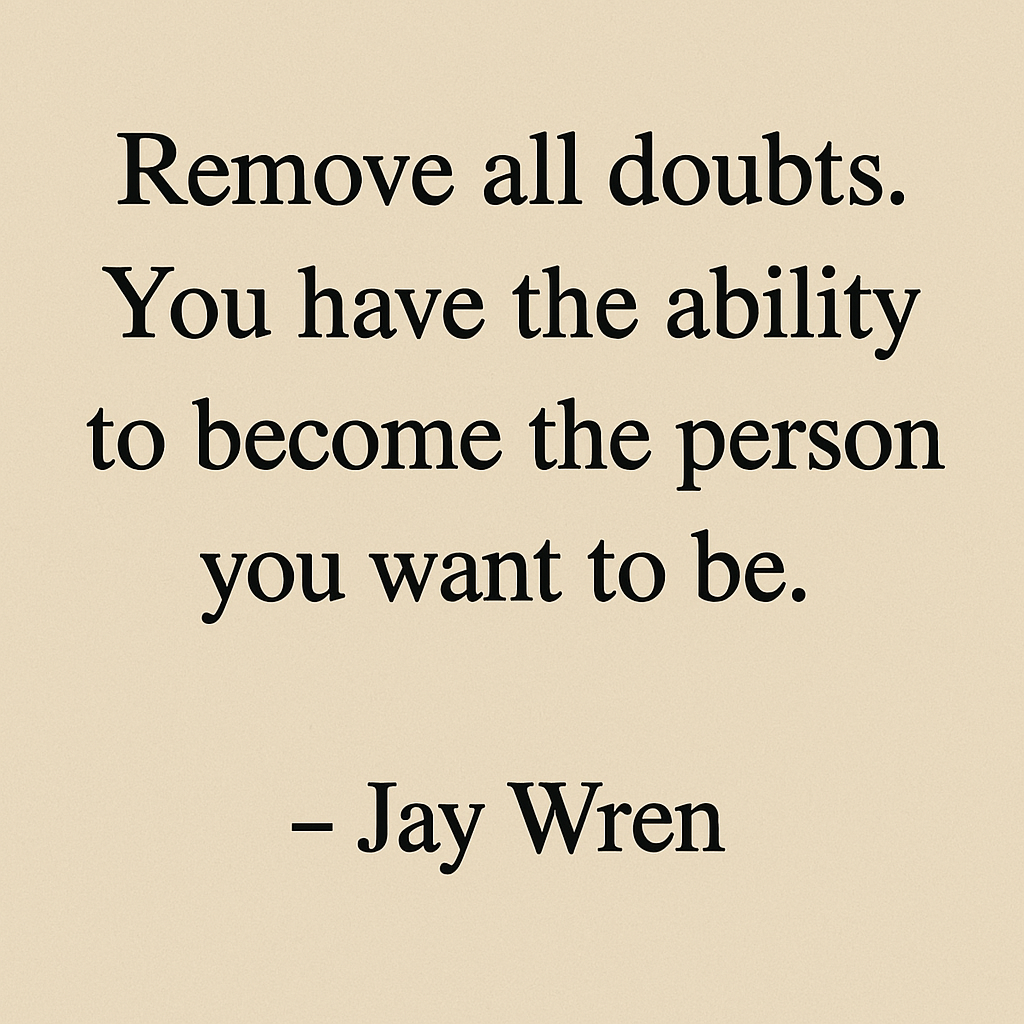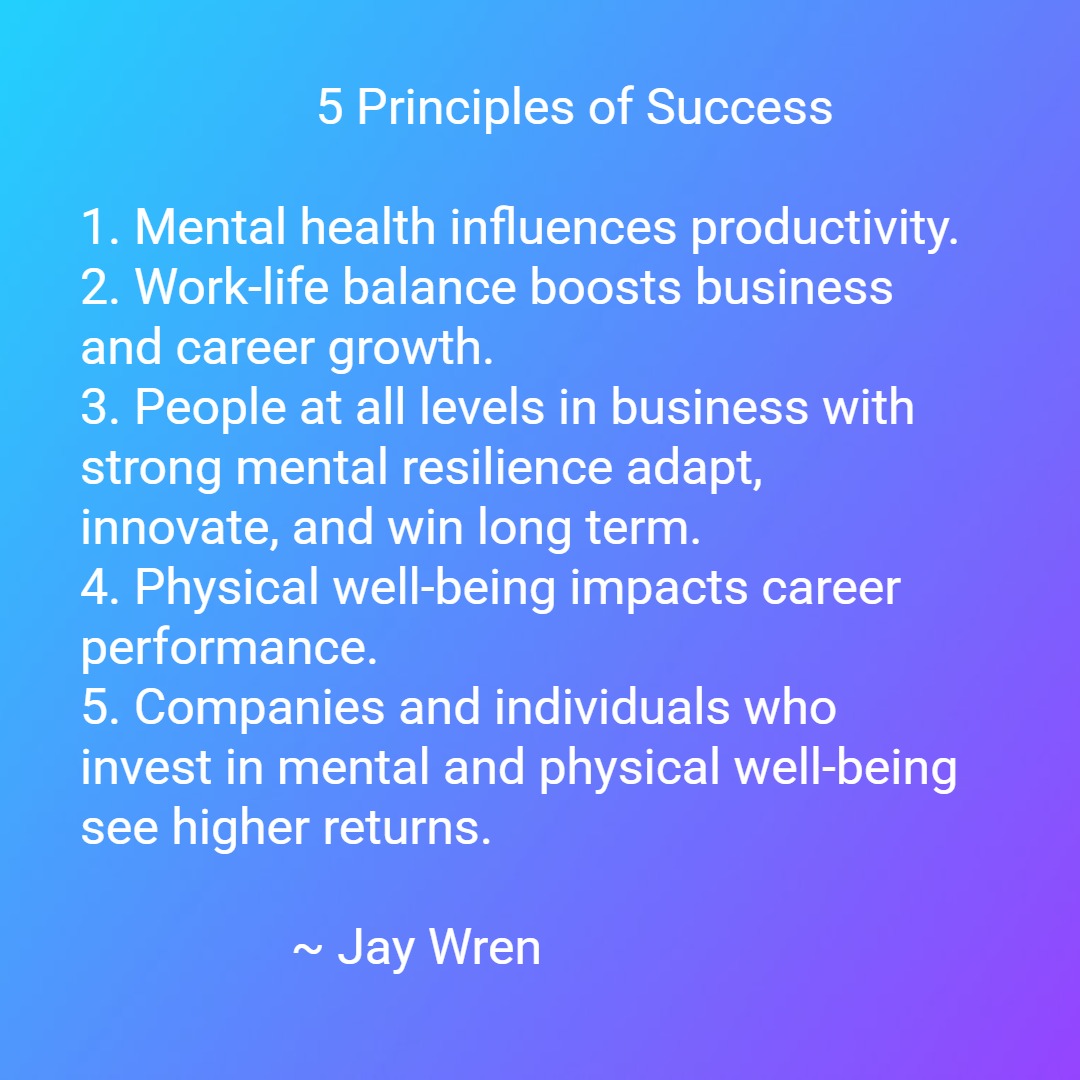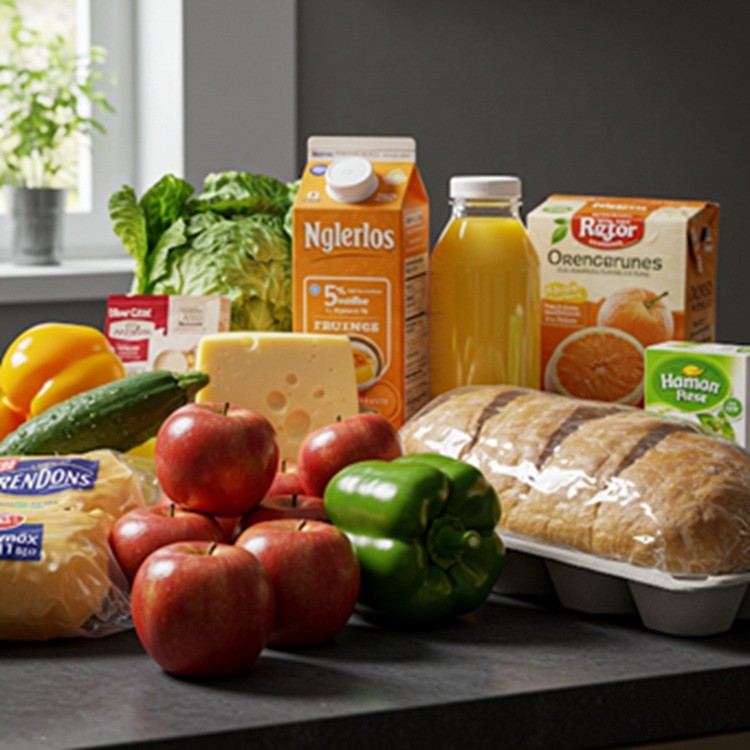In a world that constantly bombards us with comparisons, expectations, and noise, the one thing we often forget to nurture is belief in ourselves. Yet, this simple act of believing in your own worth, potential, and direction is one of the most powerful forces behind personal growth and achievement.
What Does It Mean to Believe in Yourself?
Believing in yourself means having confidence in your own abilities, decisions, and intrinsic value. It’s about understanding that you are capable, worthy, and resilient, even when faced with setbacks or uncertainty.
This self-belief is the foundation of courage. It’s what fuels people to chase dreams, speak up, take risks, and persist when things get tough. Without it, talent can go unused, ideas can go unspoken, and lives can go unlived.
Why It’s So Hard Sometimes
Doubt creeps in quietly. It often begins with failure, criticism, or comparison. Maybe you tried and failed once, and now you’re scared to try again. Maybe someone’s words made you question your potential. Or maybe social media has convinced you that everyone except you has it all figured out you.
The truth is no one has it all figured out. Even the most successful people have moments of fear and uncertainty. The difference is that they act anyway. They choose to believe in themselves despite the fear.
How to Start Believing in Yourself
Belief in yourself isn’t something you’re born with; it’s something you build. Believing in yourself is a skill. The skill grows like a muscle that you develop through repeated exercise. Here’s how to start:
- Challenge Your Inner Critic
Your inner voice can be your biggest cheerleader. It can also be your worst enemy. Pay attention to the way you talk to yourself. Are you harsh and unforgiving? Try speaking to yourself as you would a close friend: with encouragement, compassion, and honesty. - Celebrate Small Wins
Confidence is built in the little moments. Every time you keep a promise to yourself, complete a task, or step outside your comfort zone, you reinforce the idea that you’re capable. Celebrate those victories, no matter how small. - Surround Yourself with Positivity
People around you influence how you see yourself. Spend time with those who lift you up, challenge you in a healthy way, and believe in your potential. Limit time with those who constantly criticize or discourage. - Set Realistic Goals and Act
Thinking that you believe in yourself alone isn’t enough. You must pair it with action. Set small, achievable goals and take steps toward them daily. Progress builds momentum. Each step forward reinforces your belief that you can do hard things. - Embrace Failure as Part of Growth
Failure isn’t the opposite of success; it’s part of it. Every failure teaches something valuable. Believing in yourself means understanding that your worth isn’t tied to outcomes; it’s tied to your willingness to show up and keep trying.
The Ripple Effect of Self-Belief
When you believe in yourself, others take notice. Your confidence inspires. Your determination uplifts. Your courage creates space for others to be courageous too. Self-belief doesn’t just change your life. It also has the power to change those around you.
Final Thoughts
Believing in yourself isn’t a destination. It’s a daily practice. It’s choosing to trust your journey, even when it’s hard. It’s acknowledging your fears but not being ruled by them. And most importantly, it’s recognizing that you are enough, not because of what you’ve achieved, but because of who you are.
So the next time doubt whispers in your ear, answer back with confidence: “I believe in me.” The rest will follow.





